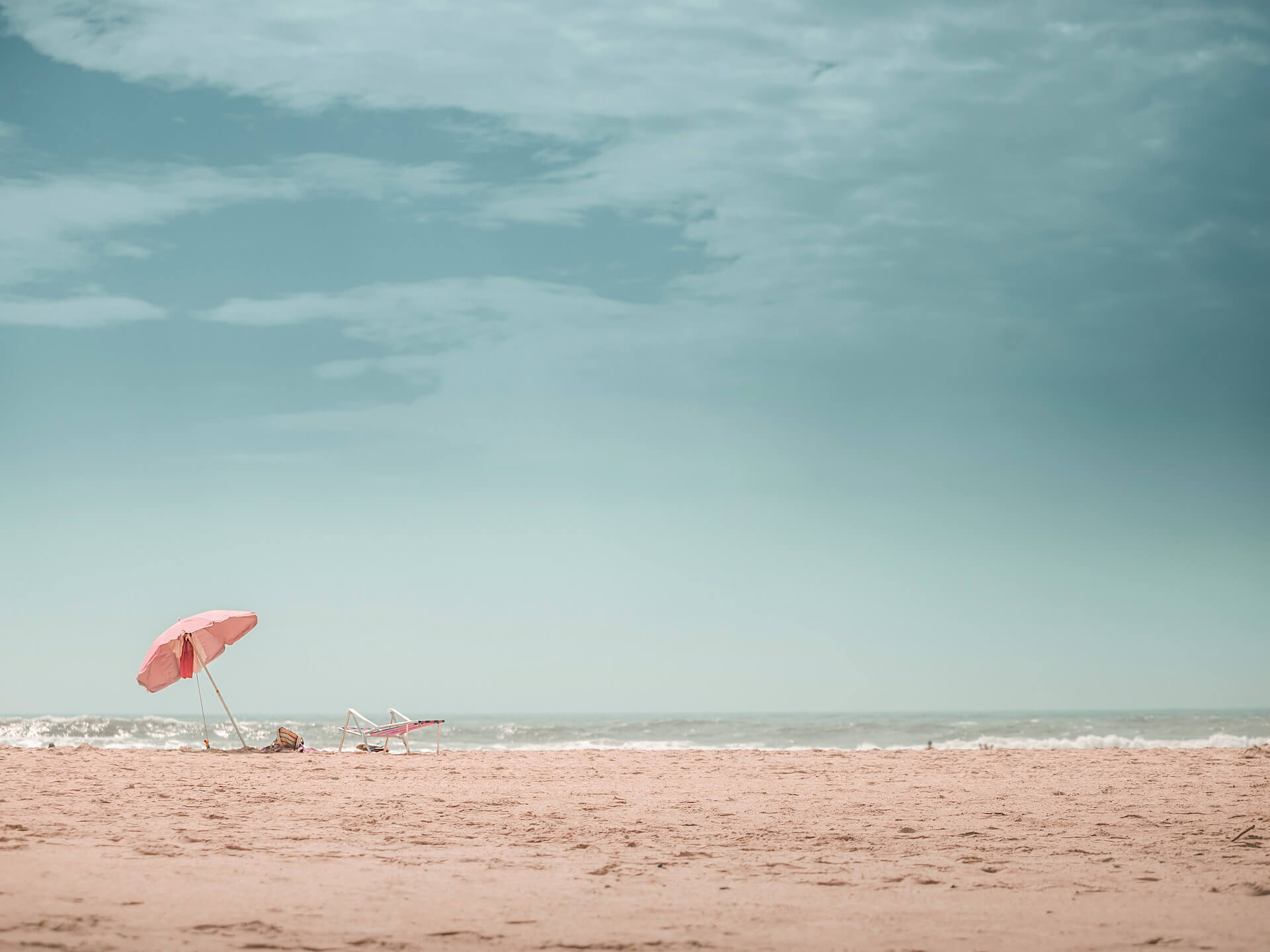Before engaging in any physical activity, fueling your body by eating the right foods beforehand can make a big difference on your energy levels and performance. Snorkeling is no exception.
This article delves into the optimal foods to eat as well as when to eat them to best fuel your body for an exciting snorkeling adventure, ensuring you make the most of every underwater moment.
Why is it important to eat before snorkeling?

Eating before snorkeling is crucial for a few reasons:
- Energy: Snorkeling, though enjoyable, can be physically demanding, especially if you’re swimming against currents. Having a meal ensures you have sufficient energy to enjoy the activity without feeling fatigued.
- Blood Sugar Levels: Going too long without food can cause a drop in blood sugar levels, which may lead to dizziness, fatigue, or even fainting. This is particularly concerning when you’re in the water.
- Maintaining Body Temperature: The body uses more energy to maintain its temperature in water than on land, even in tropical waters. Consuming food can help maintain body warmth by boosting metabolism.
What types of foods are best to eat before snorkeling?
Before snorkeling, you should focus on foods that are easily digestible and provide sustained energy. Ideal foods include:
- Complex Carbohydrates: These provide slow-releasing energy. Examples include whole grains, oats, and fruits like bananas.
- Lean Proteins: Proteins like chicken, turkey, tofu, or legumes help repair and build muscle.
- Healthy Fats: Avocado, nuts, and seeds can give you sustained energy without causing a spike in blood sugar.
- Hydration: Drink water, herbal teas, or hydrating fruits like watermelon.
How long should I wait after eating before I start snorkeling?
It’s recommended to wait at least 30 minutes to an hour after eating a light snack before snorkeling. If you’ve had a larger meal, it’s best to wait about 3-4 hours. This waiting period allows the food to digest properly, reducing the risk of cramps or discomfort while swimming.
Can I eat heavy meals before snorkeling?
It’s not advisable to eat heavy meals right before snorkeling. Consuming large amounts of food can make you feel sluggish or bloated, which is uncomfortable when you’re trying to swim. Heavy meals can also increase the risk of stomach cramps while swimming. If you do eat a heavier meal, it’s important to give your body more time (2-3 hours) to digest before heading into the water.
Are there certain foods I should avoid before snorkeling?
Yes, there are foods that might not be ideal to consume right before snorkeling:
- Spicy Foods: These can cause indigestion or heartburn, which can be uncomfortable when swimming.
- Dairy Products: For some people, dairy can cause stomach upset or phlegm production, which may affect breathing.
- Fried or Greasy Foods: These can be harder to digest and may lead to discomfort or sluggishness.
- High-Sugar Snacks: These can cause a quick energy spike followed by a crash, which isn’t ideal for sustained activities like snorkeling.
- Gas-Producing Foods: Beans, certain vegetables, and carbonated drinks can lead to bloating or gas, causing discomfort underwater.
Can I drink alcohol before snorkeling?
Drinking alcohol before snorkeling is not recommended. Alcohol can impair judgment, coordination, and reaction time, which are crucial for safe snorkeling. Furthermore, alcohol can dehydrate the body, increasing the risk of cramps. It can also lower the body’s ability to regulate temperature, which is essential when you’re in the water for extended periods. It’s best to save any alcoholic beverages for after your snorkeling session.
How does food impact my energy levels while snorkeling?
Food is the primary source of energy for the body. When snorkeling:
- Carbohydrates are broken down into glucose, the main source of energy for our muscles. Without adequate carbohydrate intake, one might feel fatigued more quickly.
- Proteins help in muscle repair and recovery, which is essential after any physical activity. While they’re not the primary energy source, they can help in prolonged endurance activities.
- Fats are a dense source of energy and are used by the body especially in prolonged, low to moderate intensity activities, such as leisurely snorkeling.
- Hydration is key. Water plays a role in energy production, and dehydration can lead to fatigue, muscle cramps, and dizziness.
Eating a balanced meal or snack ensures your body has the necessary nutrients to function effectively, maintain stamina, and recover quickly post-activity.
Are energy bars or protein bars good options before snorkeling?
Yes, energy bars and protein bars can be good options before snorkeling, especially if you’re looking for a quick and convenient source of energy.
- Energy Bars: These typically contain carbohydrates, which provide a quick energy boost. Look for ones with whole ingredients and avoid those with excessive sugar.
- Protein Bars: While primarily used for muscle recovery, they can also offer sustained energy for prolonged activities. Again, choose bars with natural ingredients and minimal additives.
Always read the label to ensure you’re getting quality nutrients and not just empty calories. Pairing a bar with a piece of fruit or some water can round out your pre-snorkeling snack.
Does caffeine have any impact on snorkeling?
Caffeine can have both positive and negative impacts on snorkeling:
- Positive: It can increase alertness and reduce the perception of effort, potentially enhancing your snorkeling experience.
- Negative: Caffeine is a diuretic, which can lead to dehydration. Dehydration increases the risk of cramps and fatigue. Caffeine might also cause jitters or anxiety in some individuals, especially in high doses.
If you regularly consume caffeine and know how your body reacts to it, a moderate amount might not be an issue. However, always balance caffeine intake with adequate water to prevent dehydration.
Does the type of snorkeling activity influence what I should eat beforehand?
The fundamental nutritional needs remain consistent, but the intensity and duration of the snorkeling might change your approach:
- Shallow Water Snorkeling: This is generally less physically demanding, so a light snack or meal with a balance of carbohydrates, protein, and some fats should suffice.
- Deep Water or Free Diving: This is more intense and might require more energy. Prioritize easily digestible carbohydrates for quick energy and ensure you’re well-hydrated.
Regardless of depth, always ensure you give your body time to digest before starting.
What should I do if I feel bloated after eating, but I still want to snorkel?
If you feel bloated or uncomfortable:
- Wait: Give your body more time to digest. This might mean delaying your snorkeling by another hour or so.
- Walk or Stretch: Gentle movements can sometimes help with digestion and relieve discomfort.
- Hydrate: Drink some water, but not too much to avoid further bloating.
- Assess Severity: If the discomfort is intense, it might be best to postpone snorkeling to another time. Listen to your body.
Can eating certain foods help with underwater pressure equalization?
While the act of equalization is more about the technique (like pinching your nose and gently blowing) than nutrition, certain foods and habits can help maintain clear Eustachian tubes, which aid in equalization:
- Stay Hydrated: Dehydration can make mucus thicker, potentially blocking the Eustachian tubes.
- Avoid Dairy and Excessive Salt: Some believe they can increase mucus production, though the evidence is not definitive.
- Anti-inflammatory Foods: Foods like pineapples, turmeric, and ginger might help reduce inflammation, potentially aiding in clearer passages.
Remember, while nutrition can play a supporting role, proper equalization techniques and practices are most crucial for comfortable and safe descents and ascents in the water.
Sources:

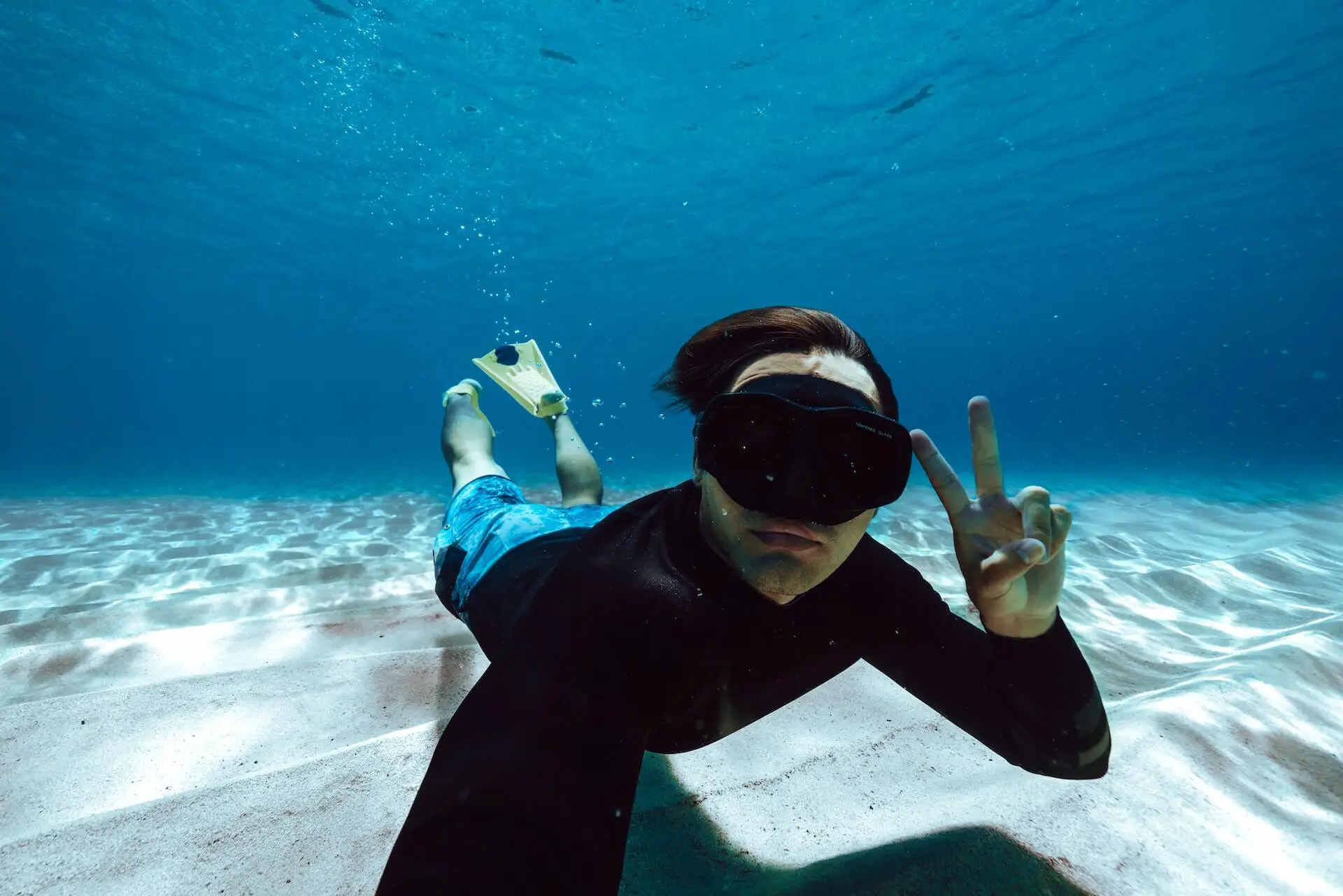
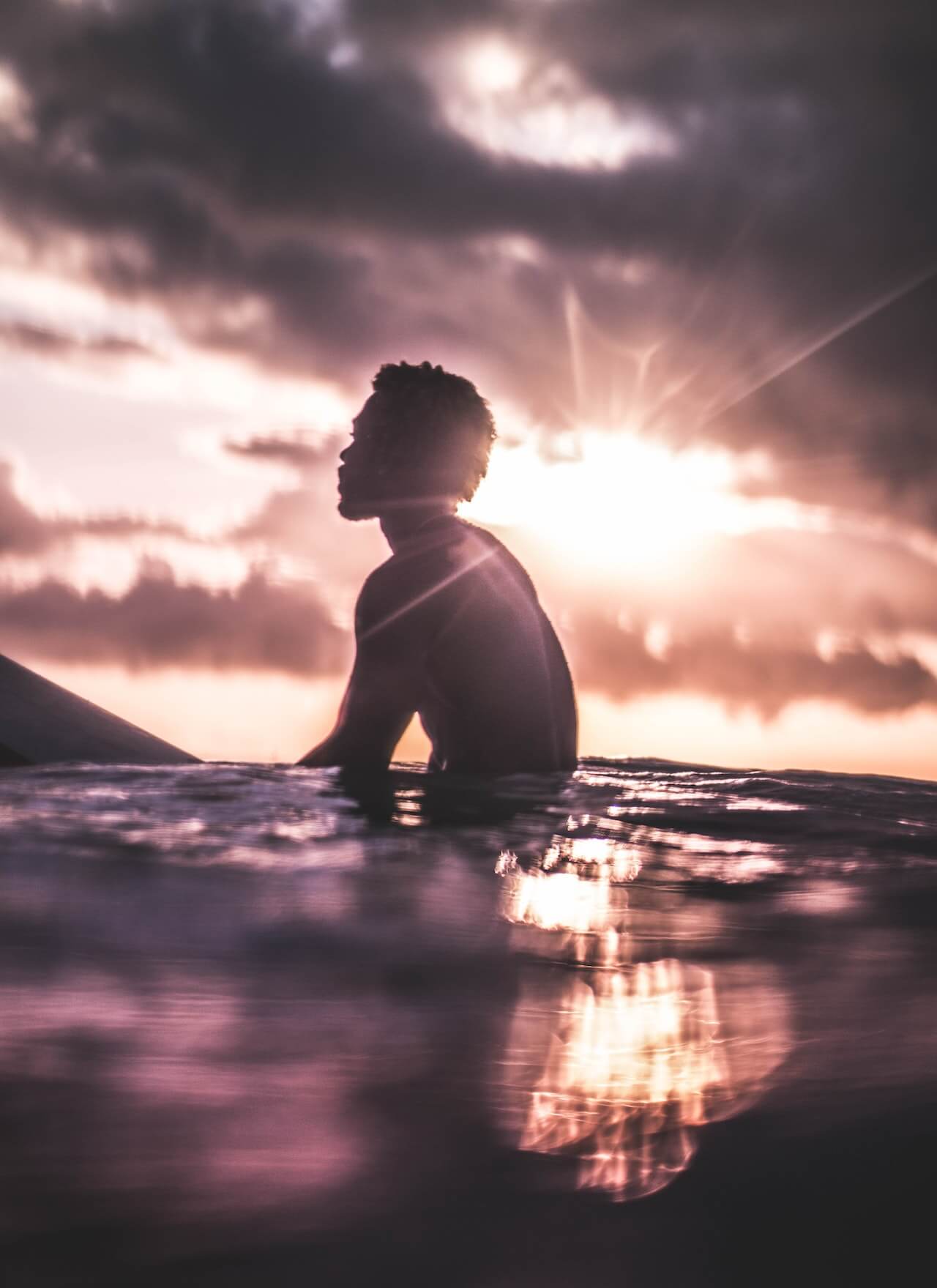
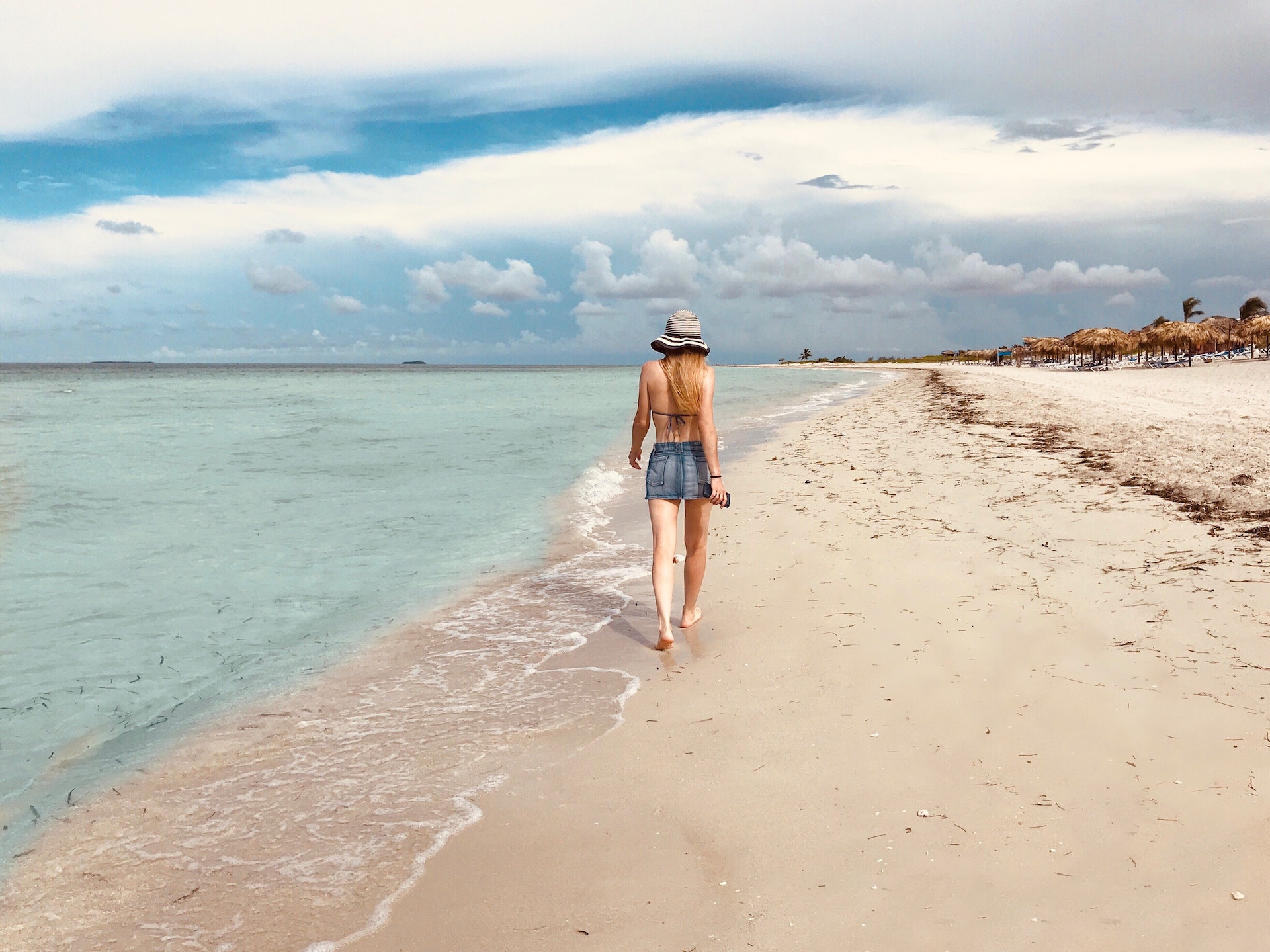
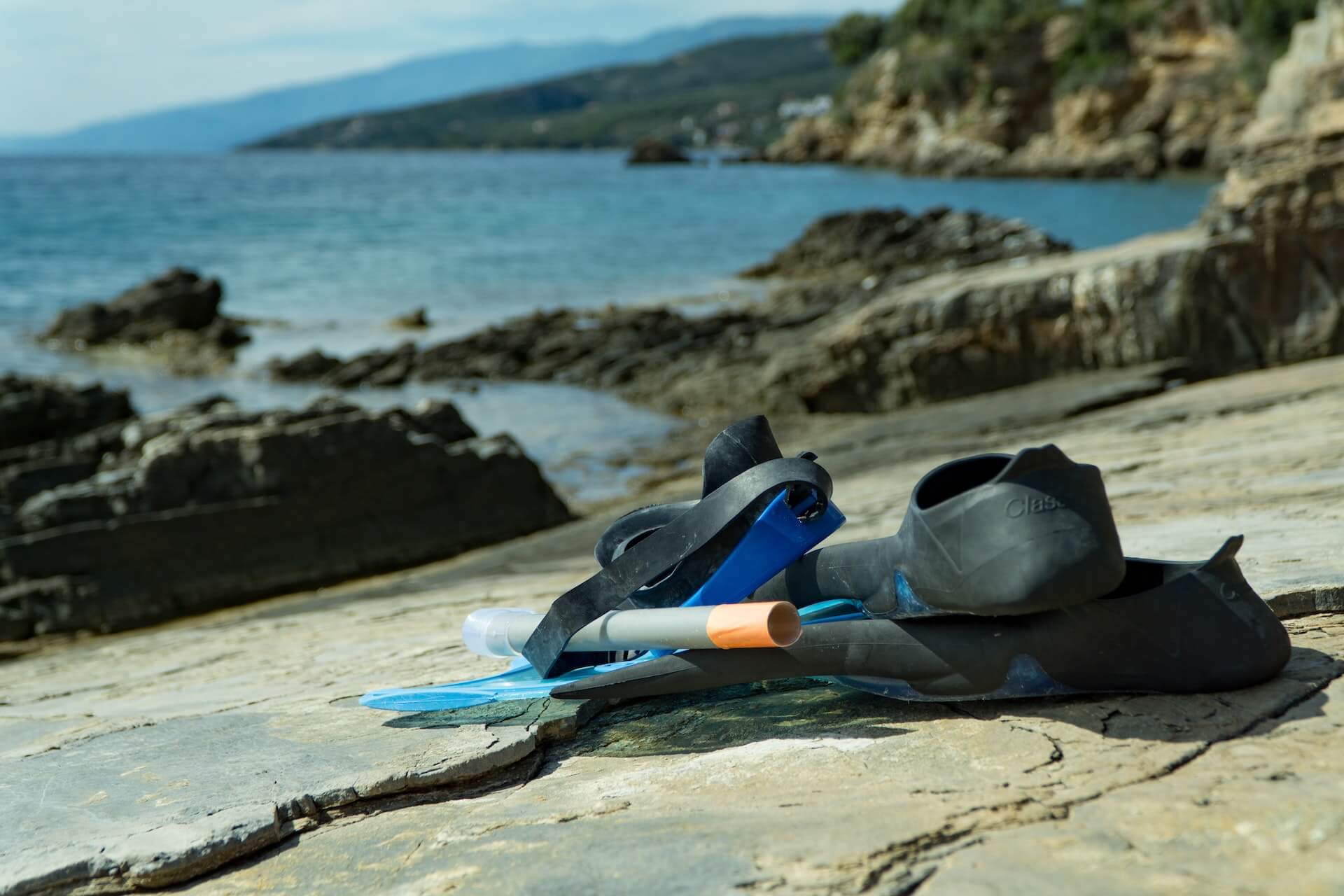 This is not an exhaustive list of all the things you should do before and during snorkeling, but it covers the essentials, starting with:
This is not an exhaustive list of all the things you should do before and during snorkeling, but it covers the essentials, starting with: